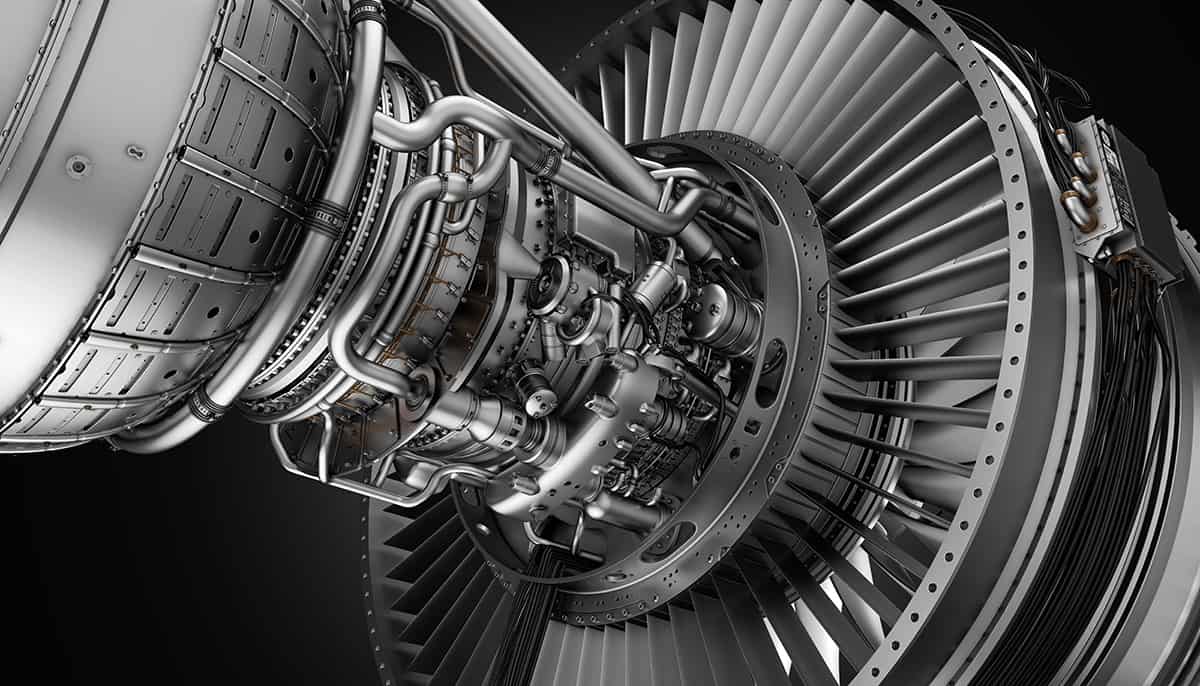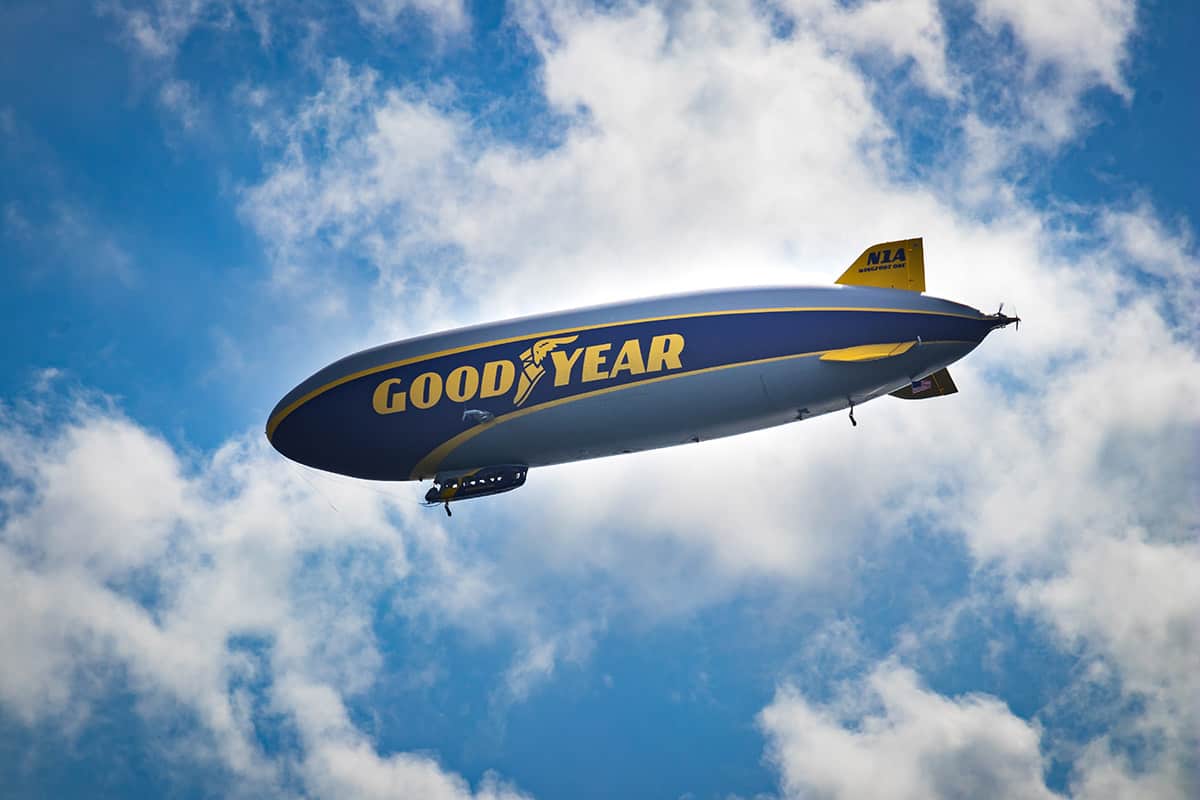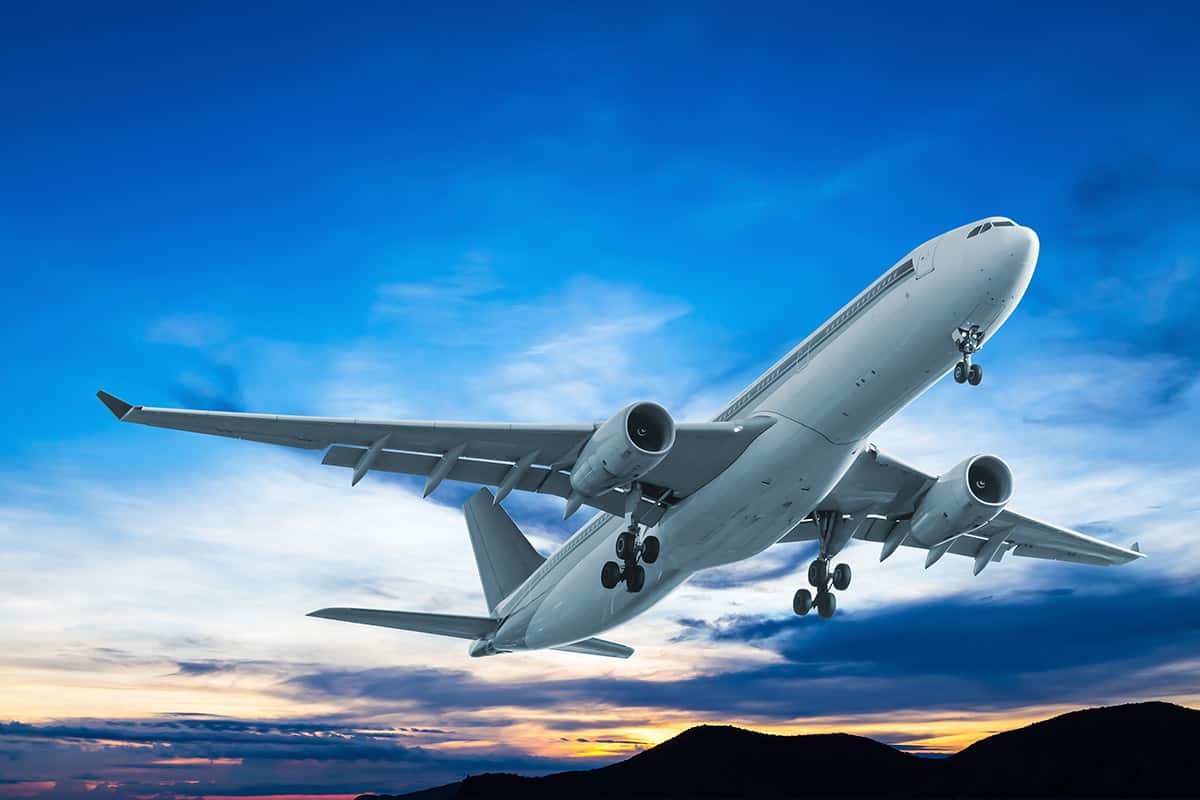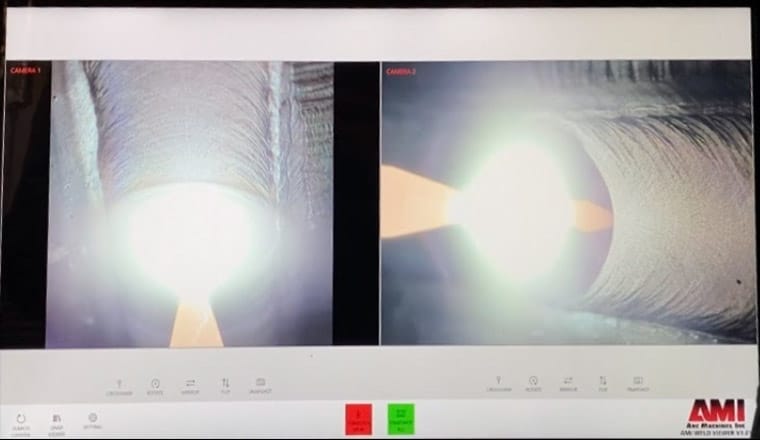Commercial aviation has existed for just over 100 years. Yet, today the ferrying of passengers and cargo is essential for travel and commerce throughout the world. What began with a single passenger flight from St. Petersburg, FL, piloted by Tony Jannus in 1914, now generates more than $800 billion yearly.
Advances in the understanding and implementation of aeronautics is a major factor that has contributed to the industry’s unparalleled growth. Materials, manufacturing processes, and equipment have also evolved alongside those advances. Throughout its 100-year development, aviation welding has played a crucial role.
Even in the early days of flight, aircraft construction and maintenance relied on aviation welding. For example, early commercial aircraft utilized welded steel tube frames. Although basic steel is still used in aircraft, a number of other materials including Inconel®, titanium, special stainless steel, and other alloys are now employed to reduce weight.
In addition to changes in materials, welding equipment and processes have experienced many improvements. Let’s take a look at aviation welding today—at the major challenges and how best to meet them. After examining these challenges, we can take a peek over the horizon at how aviation welding is likely to evolve.





